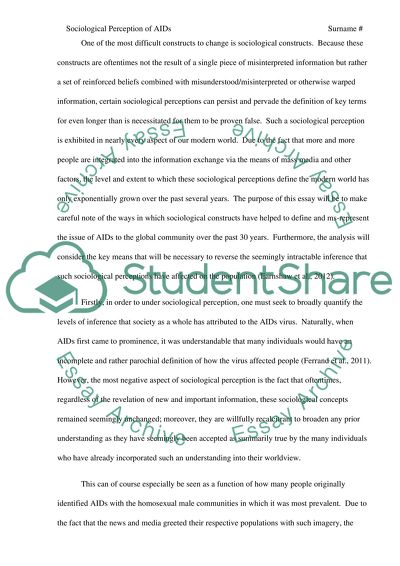Cite this document
(“Human Immunodeficiency Virus (HIV): Let's Stop HIV Together Research Paper”, n.d.)
Human Immunodeficiency Virus (HIV): Let's Stop HIV Together Research Paper. Retrieved from https://studentshare.org/health-sciences-medicine/1486619-human-immunodeficiency-virus-hiv-letyies-stop-hiv
Human Immunodeficiency Virus (HIV): Let's Stop HIV Together Research Paper. Retrieved from https://studentshare.org/health-sciences-medicine/1486619-human-immunodeficiency-virus-hiv-letyies-stop-hiv
(Human Immunodeficiency Virus (HIV): Let'S Stop HIV Together Research Paper)
Human Immunodeficiency Virus (HIV): Let'S Stop HIV Together Research Paper. https://studentshare.org/health-sciences-medicine/1486619-human-immunodeficiency-virus-hiv-letyies-stop-hiv.
Human Immunodeficiency Virus (HIV): Let'S Stop HIV Together Research Paper. https://studentshare.org/health-sciences-medicine/1486619-human-immunodeficiency-virus-hiv-letyies-stop-hiv.
“Human Immunodeficiency Virus (HIV): Let'S Stop HIV Together Research Paper”, n.d. https://studentshare.org/health-sciences-medicine/1486619-human-immunodeficiency-virus-hiv-letyies-stop-hiv.


